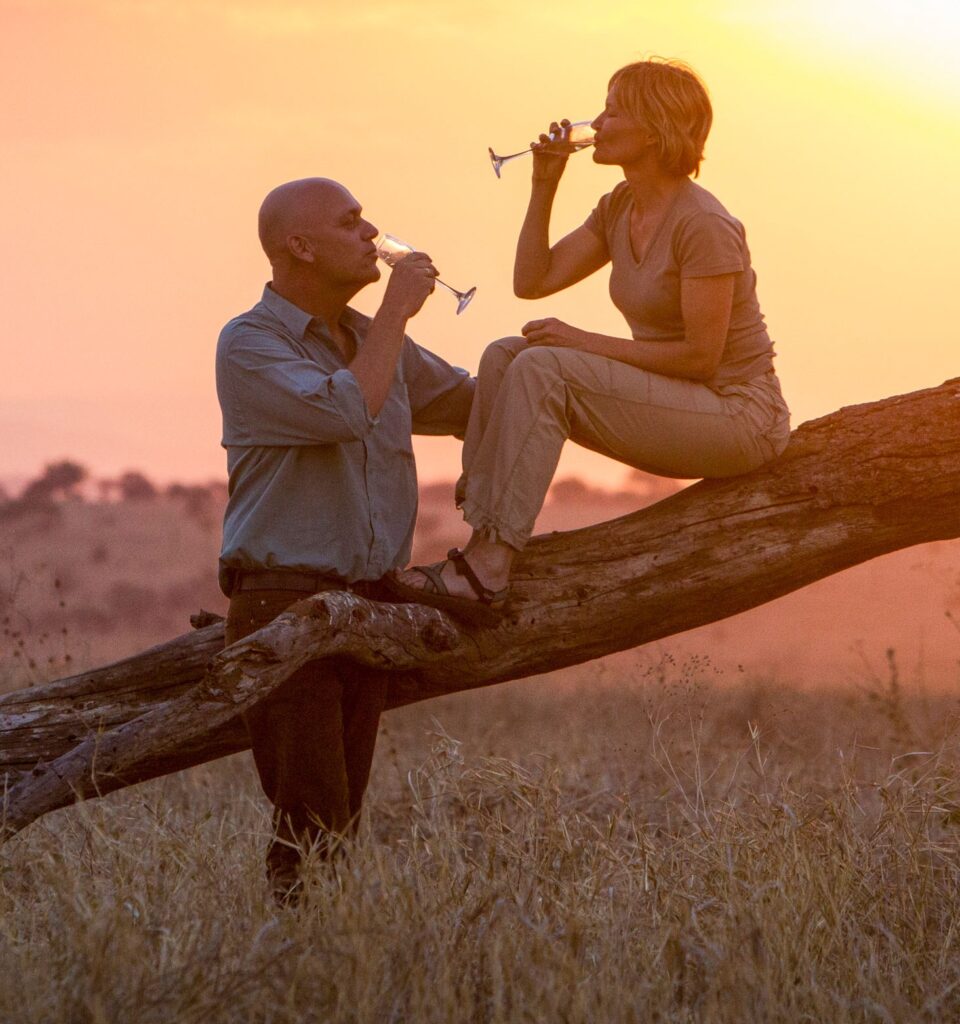TARANGIRE, NGORONGORO CRATER, LAKE MANYARA
View Details & Book Now- +255 719 231 849
- info@lastimageexpedition.com
The Ngorongoro Crater, a UNESCO World Heritage Site, is one of Tanzania's most iconic destinations. Known as the Eighth Wonder of the World, this volcanic caldera offers a stunning blend of diverse wildlife, dramatic landscapes, and rich history.
Nestled in the heart of Tanzania (Within the ngorongoro conservation area) , the Ngorongoro Crater is a natural wonder that should be on every traveler’s bucket list. This stunning UNESCO World Heritage Site is located in the Arusha Region of northern Tanzania, and it is often referred to as the “Eighth Wonder of the World”.
The Ngorongoro Crater is a unique and breathtakingly beautiful destination, as it is the largest intact volcanic caldera in the world. With a diameter of about 20 kilometers and a depth of over 600 meters, this massive crater offers a spectacular landscape that is home to an abundance of wildlife and stunning natural beauty.

The Crater is home to over 25,000 large animals, making it a wildlife haven. Key species include:
The best time for Ngorongoro crater safaris & tours visit is during the dry season, which runs from June to October. During this time, the vegetation is less dense, making it easier to spot wildlife. The dry season also coincides with the famous Great Migration in the nearby Serengeti National Park, so visitors to the crater during this time can witness this incredible natural spectacle as well.


The weather and climate in the Ngorongoro Crater can vary greatly depending on the time of year. The high altitude of the crater means that temperatures can be quite chilly, especially in the early mornings and evenings. During the dry season, temperatures can range from 10 to 20 degrees Celsius, while the wet season, which runs from November to May, can see temperatures ranging from 15 to 30 degrees Celsius. It is important to pack warm clothing, as well as rain gear if visiting during the wet season.
Private and group safari options. Tailored itineraries for families, honeymooners, and photographers
TARANGIRE, NGORONGORO CRATER, LAKE MANYARA
View Details & Book NowTARANGIRE, NGORONGORO CRATER, LAKE MANYARA
View Details & Book NowLAKE MANYARA, SERENGETI AND NGORONGORO CRATER
View Details & Book Now
Morning and evening drives offering exceptional wildlife sightings.

Ideal for ornithologists with diverse bird species in varied habitats.

Visit nearby Maasai villages to learn about their traditions and way of life

Explore the Empakaai Crater or Olmoti Crater, smaller craters within the conservation area.
Accommodation Options in and Around Ngorongoro Crater



Everything You Need to Know Before You Go

Let us help you create memories that last a lifetime. Whether you’re a solo traveler, a couple, or a family, our safari packages promise unforgettable moments in the heart of Tanzania.
©2024. Last Image Exedition. All Rights Reserved.